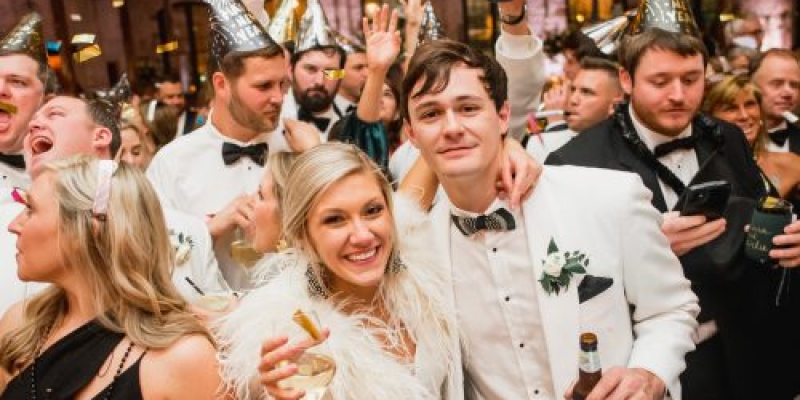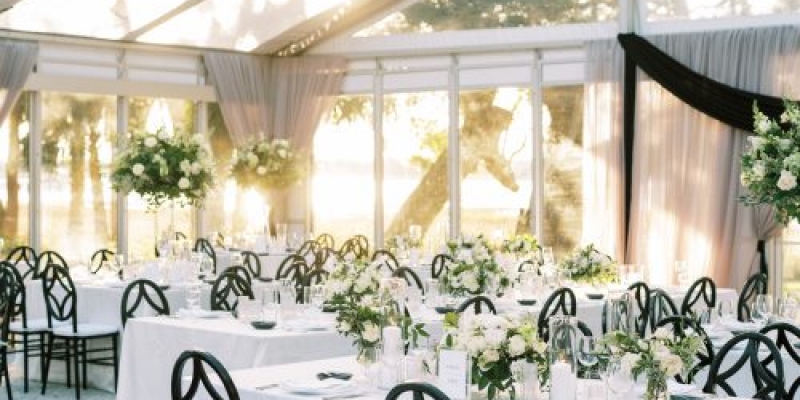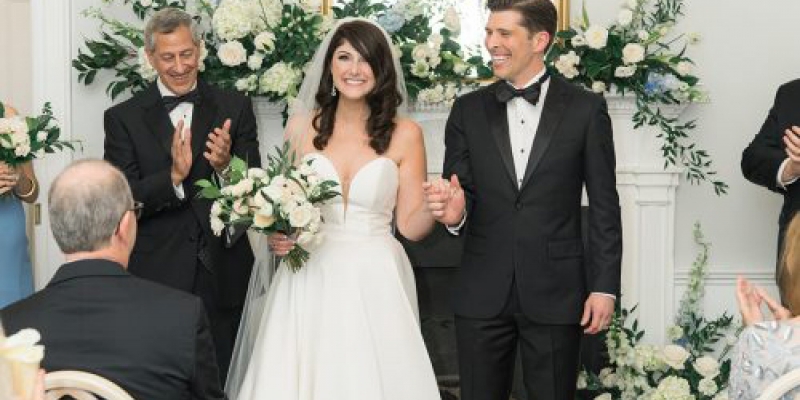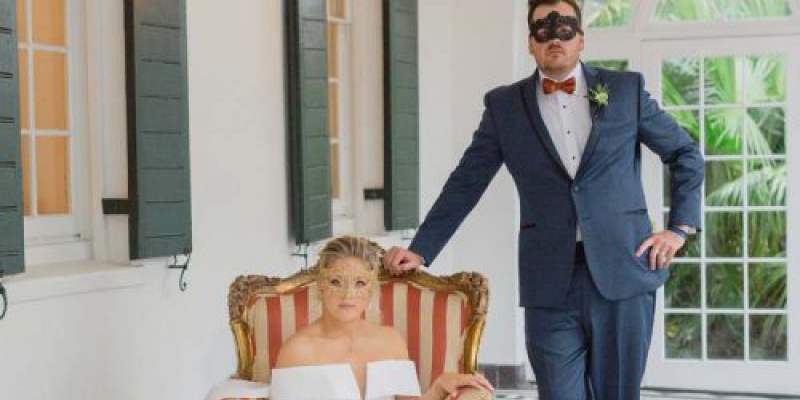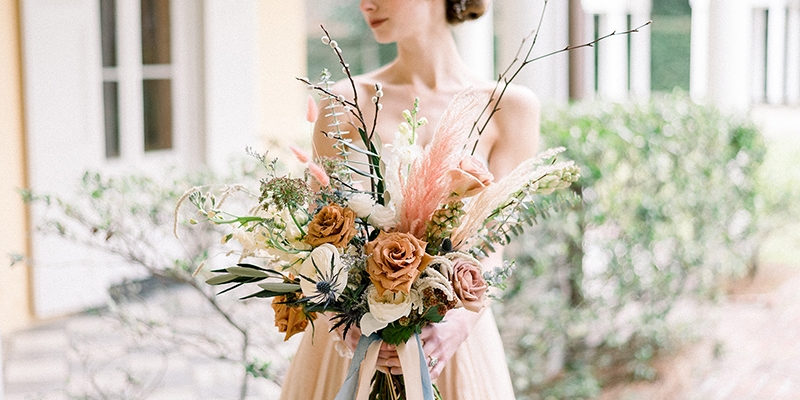
For better for worse, for richer for poorer, for more legroom for less legroom.... Wait, what was that last bit? Just one of the vows that Kristin Koch made to Andrius Benokraitis on April 25, 2009 when they wed at the Grande Dunes Ocean Club in Myrtle Beach. “We wanted to make the ceremony personal, emotional, and interesting for our guests,” says Kristin of how she and Andrius decided to scrap traditional vows—and crack up their guests in the process.
If following suit with custom “I dos” is appealing but daunting, Kristin suggests you start like she did, with a down-to-earth, everyday promise. “Andrius is about six feet tall,” she explains, “and I am just over five feet. So when I drive his car I move the seat way up. When he drives after me, he inevitably bumps himself badly. So I vowed to fix the seat for him before I returned his car.”
Kristin, who describes her vows as mostly “tongue in cheek,” adds that the heartfelt commitments she speckled throughout the sillier ones added the serious touch all nuptials require. But what if their denomination had dictated traditional vows?
Rabbi Bob Siegel, who presides over the Kahal Kadosh Beth Elohim congregation in downtown Charleston, says Jewish couples partaking in the traditional ceremonies he conducts are always invited to make a statement or tsuzog (Yiddish for “promise”) as part of their wedding. Catholic and Episcopal services, which also call for traditional religious vows, have similar allowances, too.
Whether you and your partner choose bespoke vows, statements, or tsuzogs, you have to determine the parameters. For the Benokraitises, laugh-out-loud memories were just the spark they craved, but Custom Wedding Ceremonies’ Dianne Shaver has a handful of starting points for stumped couples. For example, Dianne, who helps couples craft personalized vows and is an officiant herself, says they should start by considering the following: How does this person add to my life? What values and memories do we share?What challenges lead us to today?When did I see my mate’s true colors?
Kristin says that she wanted to stay away from “fill in the blank here” vows, but allows that other couples might find that poems, song lyrics, or even movie quotes offer a suitable framework. If you choose this route, write down your quote, add your own reflections, and end with a related sentence that begins with “I promise to...” or “I vow to...” and includes your intentions as a spouse.
Here’s an example: “Anne Bradstreet wrote, ‘If ever two were one, then surely we. If ever man were loved by wife, then thee.’ You are... (insert description of your future spouse). I knew I wanted to be with you when... (describe a vivid example). Today I promise to... (add goals for your marriage).”
Dianne finds that most couples are not quite as bold as Kristin and Andrius. Her advice? Practice! Read your vows aloud to yourself and to friends for feedback. If you can memorize them, great, but if you’re wary of nerves, print them and have them handy.
“Writing your own vows can be challenging,” concedes Kristin. “It takes a lot of thought and can be overwhelming (especially with the stress of wedding planning). But that’s what makes it so meaningful.
“Were my vows grammatically correct?” she continues. “Probably not. Did I ramble? Probably. Did I laugh and tear up while reading them? Yes. But they were my words—how I speak everyday—and that made them perfect.”

